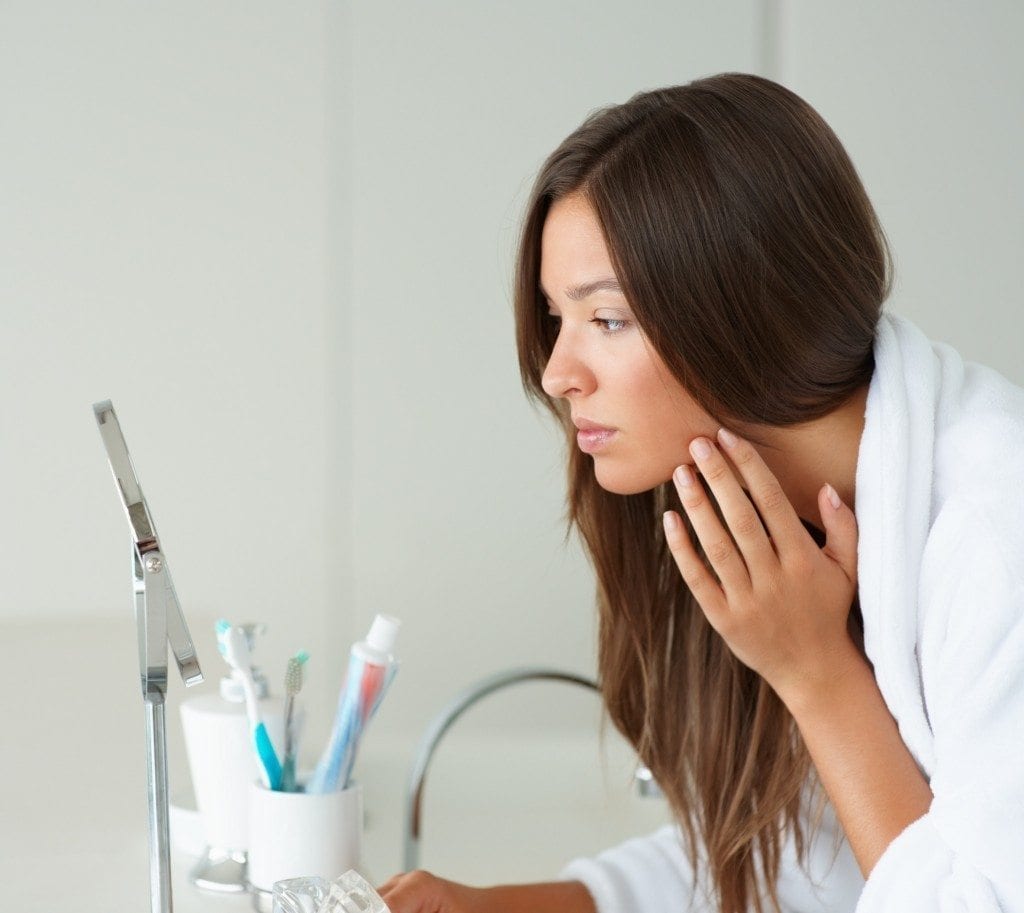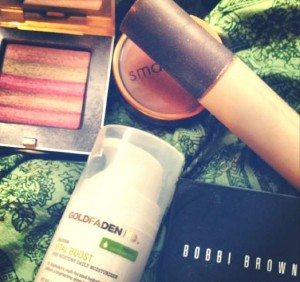What is Rosacea?
Rosacea is a chronic or long-term disease that affects the face and sometimes the eyes. It is characterized by excessive redness, pimples, and, in advanced stages, thickening of the skin.
Rosacea affects approximately 10-15 million people in the US and is most often seen in adults between the ages of 30 and 60. It is slightly more common in women (particularly during the menopausal years) than men. Rosacea affects people of all skin colors and ethnic groups, but fair-skinned individuals are slightly more likely to develop the condition.
The earliest stages of rosacea are marked by frequent flushing of the central areas of the face, including the forehead, nose, cheeks, and chin. This may be accompanied by a burning sensation, particularly following the application of various creams or cosmetics to the face. The facial skin also may become swollen.
The late stage of rosacea is known as rhinophyma, and more commonly affects men. This state is marked by an enlarged, bulbous red nose resulting from enlargement of the sebaceous (oil-producing) glands beneath the skin’s surface.
Up to half of all people who suffer rosacea experience eye symptoms. The most common eye symptoms noted are redness, dryness, itchiness, burning, tearing, and the sensation of having sand in the eye. In addition, the eyelids can become inflamed and swollen.
What are the causes?
While the cause of rosacea remains unknown, inherited factors may play a partial role. Some research suggests that rosacea sufferers have blood vessels that dilate too easily, resulting in a flushing or redness of the skin. Numerous factors can cause rosacea to flare up in one person but have no effect in another individual. Some people claim that one or more of the following have aggravated their rosacea: heat, hot baths, strenuous exercise, sunlight, wind, very cold temperatures, hot or spicy food and drink, alcohol consumption, menopause, emotional stress, and long-term use of topical steroids on the face. Many people affected by the acne-like, pustular stage of rosacea assume that their condition is caused by bacteria, and indeed, topical and internal antibiotics benefit some patients. Curiously, however, researchers have not been able to identify a definitive link between rosacea, bacteria, and other organisms in the hair follicles or oil glands.
How to treat it?
Although there is no cure for rosacea, it can be treated and controlled quite well. Usually a dermatologist treats patients with this particular skin problem. The goals of treatment are to control the condition and improve the appearance of the patient’s skin. It may take several weeks or months of treatment before seeing noticeable improvement. Depending on the severity of the symptomatology, I might prescribe topical antibiotics applied directly to the affected skin. In more severe cases, oral antibiotics may help prevent the pain, scarring, discomfort, and eye symptoms of severe rosacea. Papules and pustules of the skin seem to respond quite quickly to treatment, though the redness and flushing are less responsive to treatment.
Tips:
1. Stay out of the sun.
2. Stay away from products that contain alcohol since it strips the skin and can ignite additional redness and inflammation. Dr. Goldfaden’s Pure Start cleanser is a gentle and detoxifying cleanser that is safe for even the most sensitive skin.
3. Look for ingredients in skincare that contain soothing agents such as Vitamin K, Arnica and Tea Extracts, as these all work to reduce redness and inflammation.
4. Stay away from harsh acids (glycolic) and physical exfoliators that can increase redness/inflammation. Look for products that contain a low dose of Lactic Acid since this is the most gentle acid and does not create any redness/inflammation.



